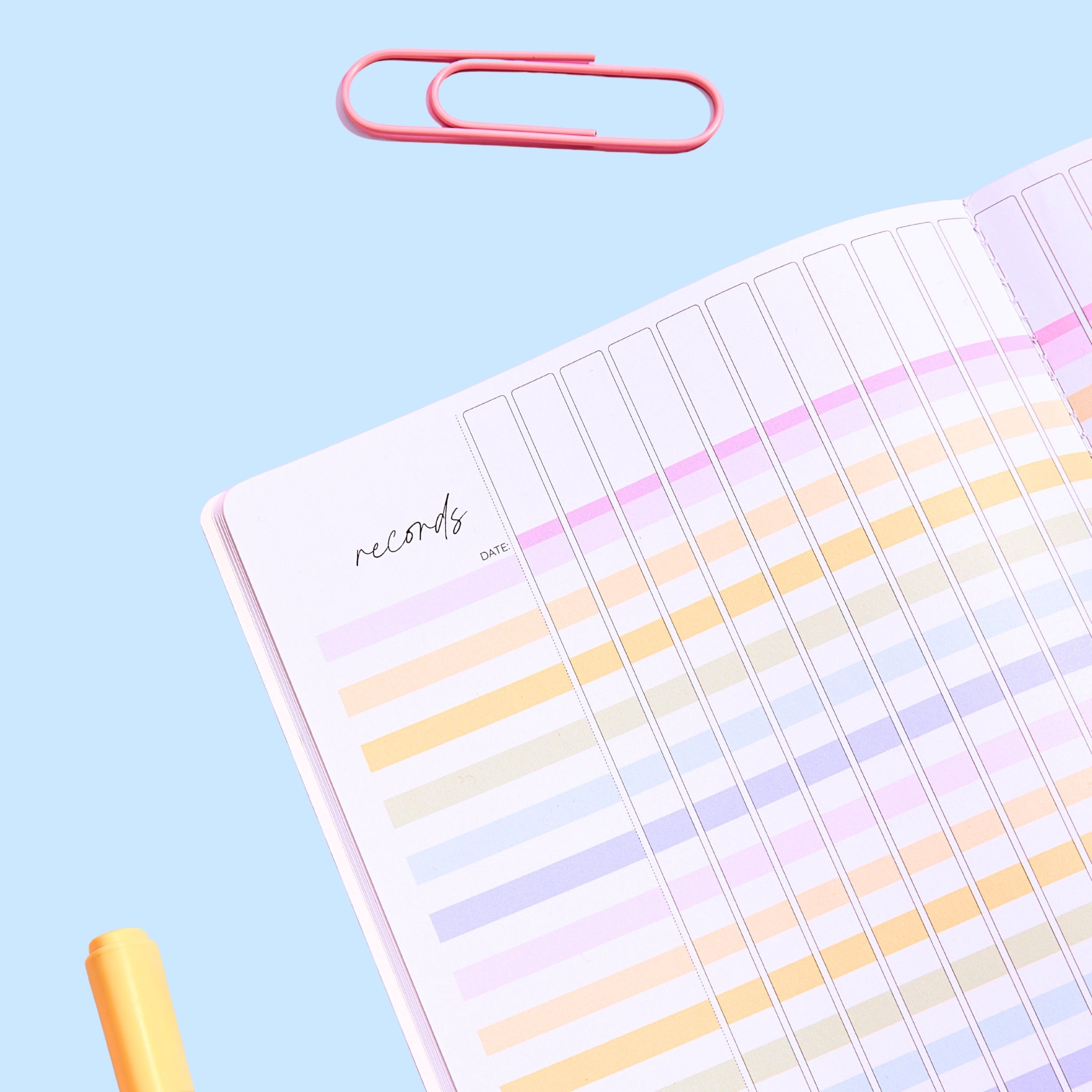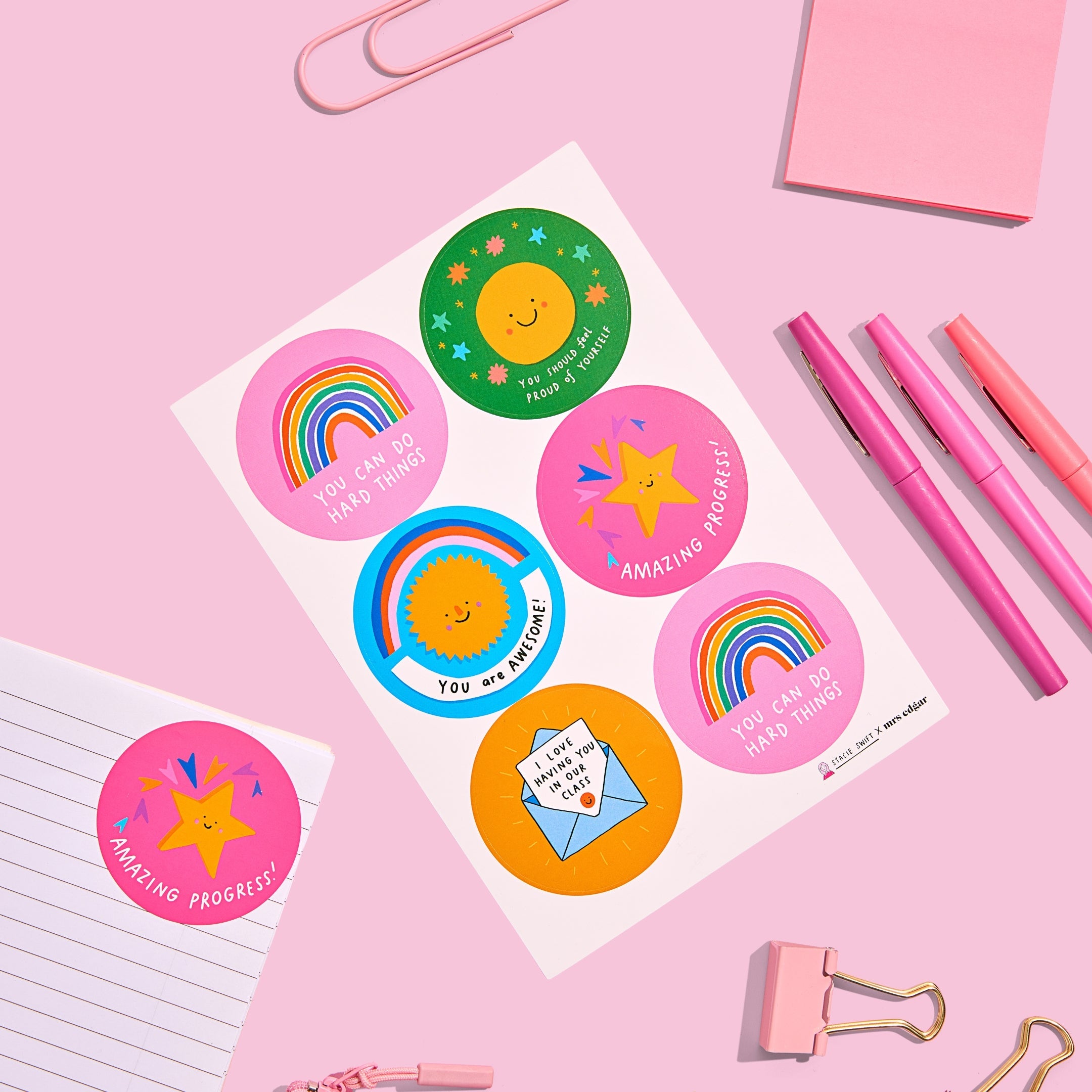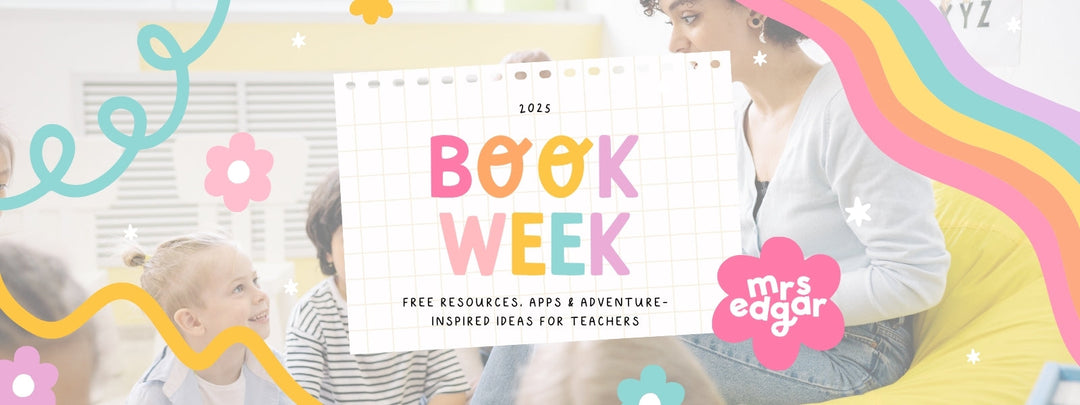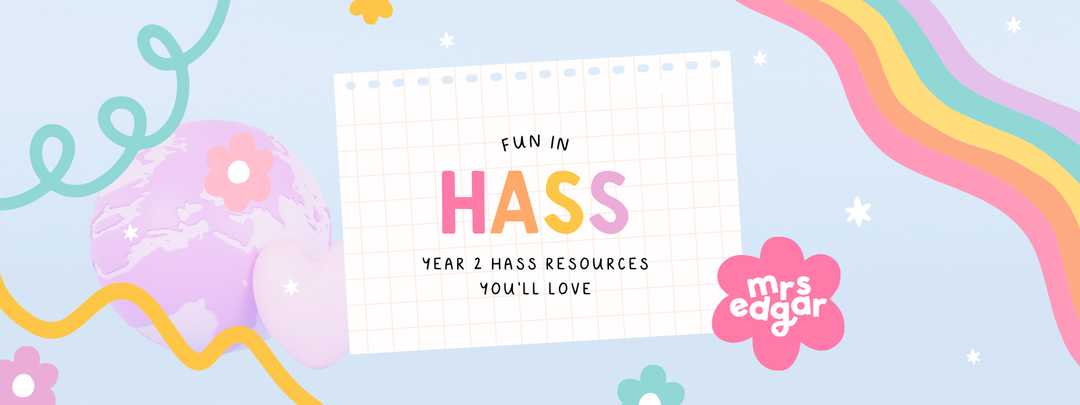Engaging Narrative Writing Activities For Students
Hey teacher!
Narrative writing is an exciting and creative way for students to express their thoughts, ideas, and imagination.
But for many young writers, getting started can be the hardest part.
That's where fun and interactive activities come in! Whether it’s creating characters, exploring different perspectives, or using structured templates, there are countless ways to inspire students and get their creative juices flowing.
In this blog post, we’ll explore a variety of narrative writing activities that can help students develop their storytelling skills while sparking their creativity and imagination.
Picture Prompt Power
Picture prompts are a fantastic way to ignite your students' creativity and get their imaginations flowing!
By simply showing them a picture, such as a mysterious forest or a bustling city street, you can inspire a world of possibilities for their narrative writing.
You can easily create your own picture prompts using Canva, allowing you to customise visuals that perfectly fit your students' interests and spark their creativity.
Encourage your students to look closely at the details and think about what might be happening in the scene—who are the characters, what are their emotions, and what story might be unfolding?
To guide their writing, use Narrative Writing Story Prompts that focus on key story elements, such as describing the setting, developing characters, and exploring emotions.
These prompts can help students structure their ideas and stay on track as they build their unique stories, making the writing process both fun and engaging.

Story Starter Dice
Story Starter Dice are an exciting and interactive way to encourage creativity and spark students' imaginations.
Create a set of dice featuring different characters, settings, and problems, and have students roll the dice to see which elements they’ll incorporate into their story.
Whether it's a mysterious detective in a bustling city or a stranded astronaut on an alien planet, the possibilities are endless!
This activity promotes spontaneity and quick thinking as students must adapt to the elements they roll and weave them seamlessly into their narrative.
Not only does it help strengthen their storytelling skills, but it also encourages them to think on their feet, making it a fun and engaging way to improve their narrative writing.
The Hero’s Journey
The Hero’s Journey is a classic storytelling structure that offers a thrilling blueprint for crafting narratives filled with adventure, conflict, and triumph.
By introducing students to this timeless framework, you can guide them through the process of creating their own hero character, outlining their journey from the initial call to adventure, through their struggles, and finally to their triumphant return.
This framework is not only fun and engaging, but it also helps students understand key elements of storytelling, such as character development, plot structure, and conflict resolution.
For younger students, the Hero’s Journey can be simplified to make it both achievable and enjoyable.
To inspire your students, here are 10 book suggestions that perfectly illustrate this structure:
The Lion, the Witch, and the Wardrobe by C.S. Lewis
The Wizard of Oz by L. Frank Baum
Alice’s Adventures in Wonderland by Lewis Carroll
The Tale of Despereaux by Kate DiCamillo
The Paper Bag Princess by Robert Munsch
The Snow Queen by Hans Christian Andersen
The Little Engine That Could by Watty Piper
Peter Pan by J.M. Barrie
The Twelve Dancing Princesses by Brothers Grimm
The Velveteen Rabbit by Margery Williams
These books are perfect examples of how the Hero’s Journey can be adapted into captivating stories, providing both inspiration and insight into the structure for students.
By guiding them through their own versions of this journey, you’ll help them develop a deeper understanding of storytelling while unleashing their creativity.

Narrative Writing Template
Using a structured approach is key to helping students navigate the narrative writing process with confidence.
The Narrative Writing Template is an excellent tool to guide students step by step, breaking down the writing process into manageable sections.
With this template, students can clearly outline the beginning, middle, and end of their story, allowing them to refine their ideas as they go.
Whether they're writing about a fantastical adventure, a school day gone awry, or a personal experience, the template provides a framework that helps students stay organised and focused.
By using this resource, students can develop their ideas more effectively, ensuring they create well-rounded stories that flow seamlessly from one event to the next.
'If I Were...': Imaginative Writing
Encourage your students to explore their creativity by asking them to write about what they would do if they were a different character.
Whether it’s imagining life as an astronaut exploring outer space, a superhero saving the day, or even their own pet experiencing the world from a new perspective, this writing activity sparks imaginative thinking and helps students develop their creative abilities.
By stepping into the shoes of another character, students are able to expand their worldview, consider different points of view, and stretch their storytelling skills.
This fun and engaging exercise is perfect for fostering both creativity and empathy, allowing students to explore countless possibilities and bring their unique ideas to life.
What Happens Next?
The "What Happens Next?" activity is a fantastic way to spark creativity and help students overcome any initial hesitation about starting a story.
By providing them with the beginning of a story, students can focus on what happens next and continue the narrative in their own words.
This activity is perfect for students who are just getting started with writing, as it gives them a starting point and encourages them to dive into the creative process.
With a little nudge, students are able to develop their own twists, characters, and events, allowing their imaginations to run wild.
It’s a fun and low-pressure way to get students writing, while also helping them practice their storytelling skills and develop their unique voice.
Collaborative Story Writing
Collaborative Story Writing is an engaging and teamwork-focused activity that encourages students to think creatively while working together.
To start, split your class into small groups and have each group contribute one paragraph to a shared story.
As students take turns adding their paragraphs, they must build upon the ideas of others, which helps them understand how different parts of a narrative can come together to form a cohesive whole.
This collaborative approach not only sparks creativity but also teaches valuable teamwork skills, as students learn to communicate, share ideas, and compromise.
It’s a fun way for students to see how their individual contributions can fit into a larger story, making the writing process both enjoyable and educational.

Story Mapping with Templates
Story mapping with Narrative Writing Planning Templates is a fantastic way to help students organise their ideas and plan out their stories.
These templates provide a clear, structured approach that covers all the essential story elements, including characters, setting, problems, and solutions.
By using these templates, students can break down their narrative into manageable parts, ensuring they have a strong foundation before they start writing.
What’s more, the templates allow students to visually bring their stories to life by drawing their characters and settings, adding a creative and engaging element to the planning process.
This hands-on activity not only helps students stay organised but also encourages them to think deeply about the key components of their story, ultimately helping them craft more compelling and well-structured narratives.
Story in a Bag
The Story in a Bag activity is a fun and interactive way to get students thinking creatively and building narratives from random elements.
To start, fill a bag with small objects like toys, trinkets, or everyday items. Have each student or pair of students pick out a few items from the bag, and then challenge them to create a story that incorporates all of the objects they selected.
This exercise encourages students to think on their feet and find ways to weave seemingly unrelated elements into a cohesive narrative.
It’s an excellent way to spark imagination, build storytelling skills, and show students how to make the most of the materials they have.
Whether working individually or in pairs, students will enjoy the challenge of turning random items into the heart of an exciting story.
Storytelling Through Illustration
For younger students, Storytelling Through Illustration is a wonderful way to bring their narratives to life.
By combining art with writing, students can visually express their story ideas before diving into the written details.
Start by asking students to illustrate key scenes or characters from their stories, allowing them to tap into their creativity and visually plot out their ideas.
Once they’ve completed their drawings, they can add written details to explain what’s happening in each scene, fleshing out their narrative and strengthening their writing skills.
This approach not only makes storytelling more accessible but also helps students develop a deeper understanding of how visuals and text can work together to enhance a story.
It’s a fun and engaging way to encourage young learners to express themselves, making the writing process both enjoyable and meaningful.

By incorporating these engaging narrative writing activities into your classroom, you’ll help students not only improve their writing skills but also unlock their creative potential.
From collaborative story writing to combining art with narrative, these activities encourage students to think outside the box and embrace the creative process.
The more fun and interactive you make the writing experience, the more excited students will be to share their stories.
So, grab your pens, get ready to explore, and watch your students' storytelling abilities soar!
PS: Want more fun tips and free resources for your classroom? Subscribe to our email list for a treasure trove of exciting ideas delivered straight to your inbox! Click here to subscribe













Leave a comment